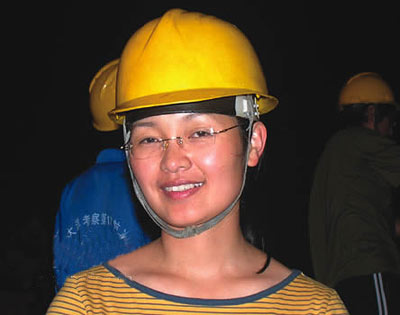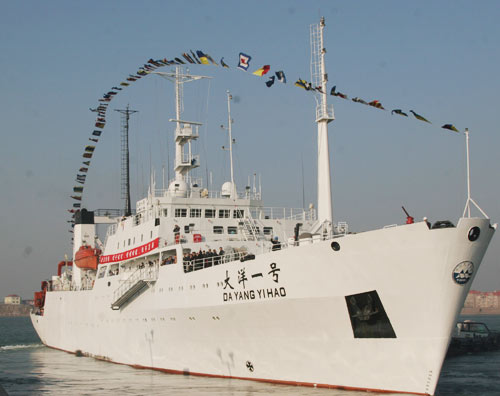| Tools: Save | Print | E-mail | Most Read |
| 1st Female Chief Scientist Conducts Maritime Research |
| Adjust font size: |
The scientific research ship Dayang Yihao (Ocean No.1) set off on Monday from the eastern coastal city of
"The 220-day journey will consist of six different phases, and each phase will have its own chief scientist," said 38-year-old Han, a renowned researcher on seabed science with the Second Institute of Oceanography of the State Oceanic Administration.
Han will board the ship prior to the Spring Festival, Researchers will monitor and map the ocean floor for potential deep-sea mining operations and conduct deep-sea biological research. The research will cover the southwestern part of the Indian Ocean, the southwest Pacific Ocean and the western part of the "We are expecting to find new areas of sea floor with positive signs of hot liquid sulfides," said Han. Scientists refer to these "thermal vents" as "black chimneys." Han explained that "black chimneys" are greatly important to the study of marine resources and the origins of life since signs of life have been found around the phenomena. "First-hand data about life formations near thermal vents are also a focus of the research mission, as biological gene study in this extreme environment may help in the fight against human diseases," she said. Han said that studies of the distribution of hot liquid sulfides on the sea floor will provide data to follow up Dayang Yihao's previous mission. On January 23, 2006, after a transoceanic voyage, Dayang Yihao returned home with over a ton of hydrothermal sulfide samples containing copper, zinc and precious metals such as gold and silver, after 300 days at sea.
Setting off from "More than 150 pieces of sea floor with hot liquid sulfides have been found worldwide, but we Chinese have done little," Han said. Dayang Yihao, Up until now, Dayang Yihao has never had a female chief scientist. "Life aboard a research ship is not normal," Han said. "You've got to work, work and work and there is no perception of time, even though the days on the calendar change." (Xinhua News Agency January 10, 2007) |
| Tools: Save | Print | E-mail | Most Read |
 |
| Related Stories |
|
|
Product Directory China Search |
Country Search Hot Buys |

